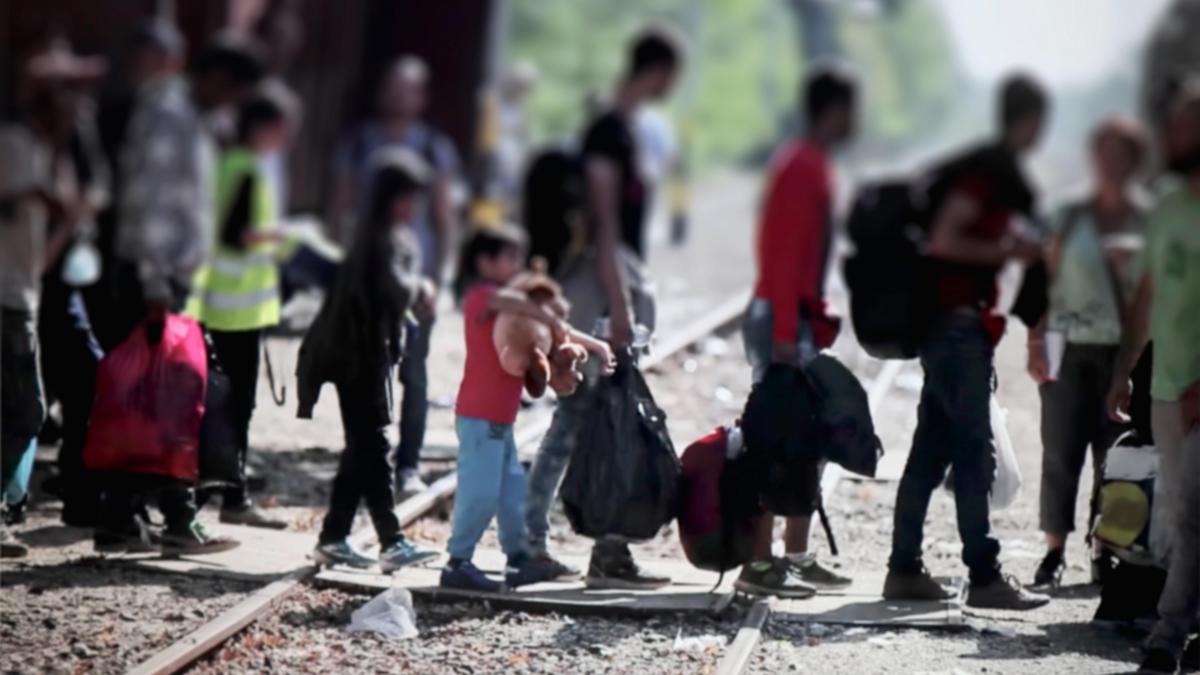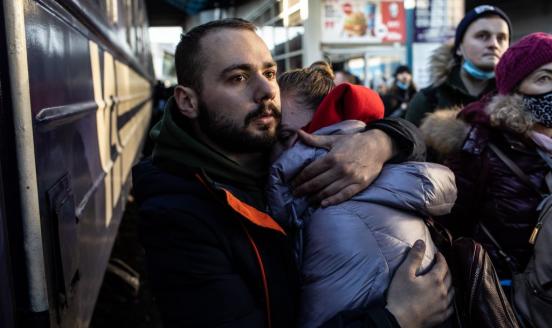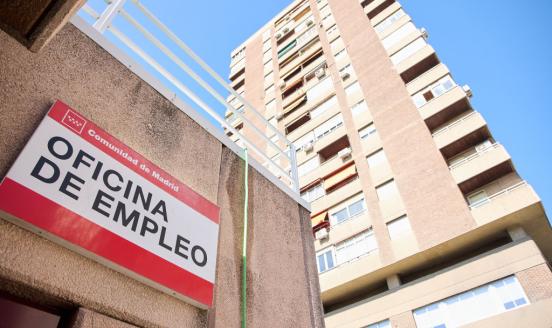What will the EU's new migration policy do differently?
What does the EU's new migration policy look like and is it likely to succeed?

Speakers
Margaritis Schinas
Vice-President for Promoting our European Way of Life, European Commission,
Hanne Beirens
Director, Migration Policy Institute Europe,
Video and audio recordings
Since the onset of the migration crisis in 2015, the search for a continent-wide approach to dealing with arrivals at Europe’s southern border has remained one of the most difficult issues among member states diving them along north-south and east-west lines. The sheer number of people disembarking in coastal members exposed the limitations of coming up with a common approach on migratory issues such as returns, ‘burden-sharing’ and ‘fair’ settlement. Repeated efforts to overhaul rules have created often bitter divisions amongst members: Italy and Greece which have had to manage waves of arrivals, and Poland and Hungary which are firmly opposed to any compulsory redistribution of asylum seekers. Are we at a watershed moment in European migration policy?
The number of arrivals is far below the peak seen in 2015 however southern states insist they should not be left alone to manage arrivals at their shores while central and eastern states insist they cannot accommodate asylum seekers. Beyond simply granting new arrivals safe haven, how to and whether to integrate migrants has also produced stark differences in approach across the union. Are they reconcilable? The new ‘three pillars’ proposal by the Commission hopes to bridge the so far unbridgeable divides over ‘solidarity’ and ‘fairness’. What makes this new approach different and more likely to succeed? What does a new approach look like in practice?






